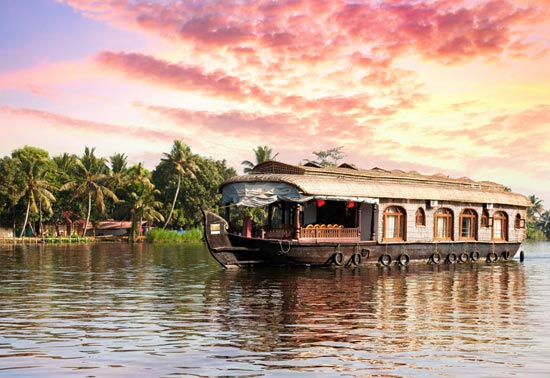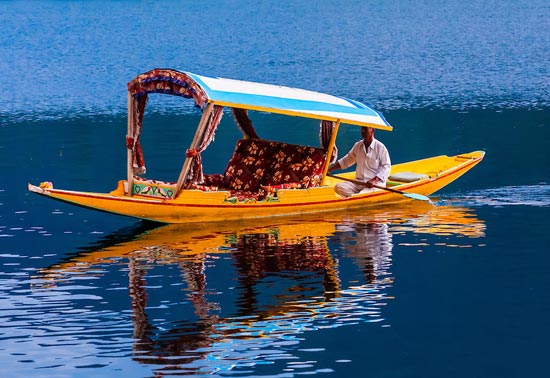Cuisines of North East India
On the farthest eastern part of India is the land of seven sisters. A home to the beautiful landscapes, ancient temples, rich culture, mystical tribes and an array of flora and fauna, all these and more is what the Northeast region of India has to offer. The seven sisters are namely, Arunachal Pradesh, Assam, Meghalaya, Mizoram, Tripura, Nagaland and Manipur. Today even the small state of Sikkim is added in the north eastern region.
The cuisine of this whole area is influenced by the cuisines of West Bengal, Nepal and Bhutan. Basically most of the states eat food which is boiled or steamed. An array of exotic local vegetables and spices are used to add the flavor in the food. Locally found animals are cooked and savoured with pleasure.
Food from Arunachal Pradesh
Arunachal Pradesh is the farthest eastern tip of India. The first rays of the Sun arrive here before anywhere in India. As many as 30 tribes are the part of Aruncahal Pradesh, each have their own dialect, own style of decorating themselves and also own style of cooking and eating the food.
Rice is the staple diet eaten by all the tribes. Bamboo shoots are commonly used in daily diets and so are the animals which are hunted down which may be deer, rabbit and a wild boar. The rice wine called the Si, holds a very important role in the cuisine of Arunachal. Fish and sun dried fishes are also very common. A mixture of rice with sundried fish called the Chambaeh is served in the honour of the guests. Some dishes are cooked by wrapping them in banana leaves and roasting them on the fire.
Although the dishes and the preparation may vary throughout Arunachal Pradesh the staple food remains rice, fish and whatever meat that is available.
From Akhor of Assam
Akhor in Assamese is kitchen. Assamese food is very much regional. The food of upper Assam is blander than lower Assam. Assamese enjoy meat preparation with xaaks and green chilies whereas in many places of lower Assam dry red chili paste or pepper paste is used. The cuisine of upper Assam has the oriental influence whereas lower Assam has the influence of places like Bengal and Bihar. The staple food is of course Rice. The Assamese unique food preparation is distinguished by its distinct flavour of exotic herbs, the smell of lime (gol nemu), lemon (elachi nemu or kagji nemu) and the sweet smell of joha rice. Some of the well-known exotic delicacies like the Eri polu (pupa of Eri silk worm), the tangy eggs of the Amroli paruwa (a species of red ant), fermented bamboo shoot, herb chutneys and khar are common in any household of Assam. Xaak forms an indispensable part of Assamese cooking. The people of this land of blue hill and red river take full advantage of Mother Nature’s bounty. It is a common practice for a typical Assamese kitchen to have fermented and dried bamboo shoot, dried cocum (thekera), rice powder, powered lentils (mahor guri), Kharoli, Khahodi and chilly pickle.






